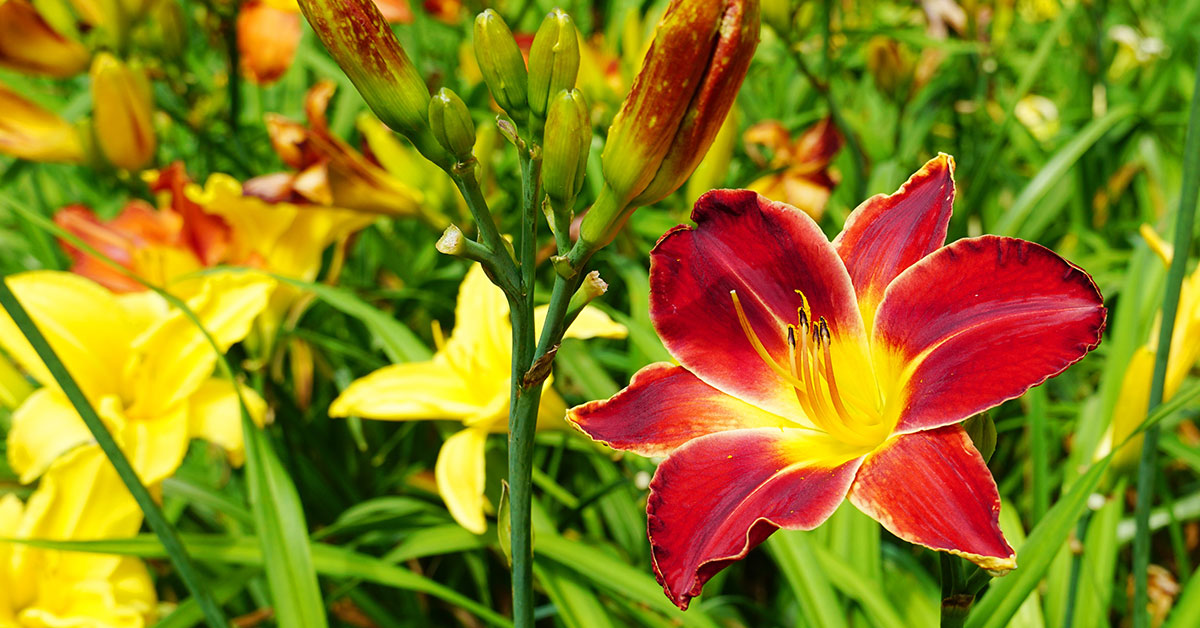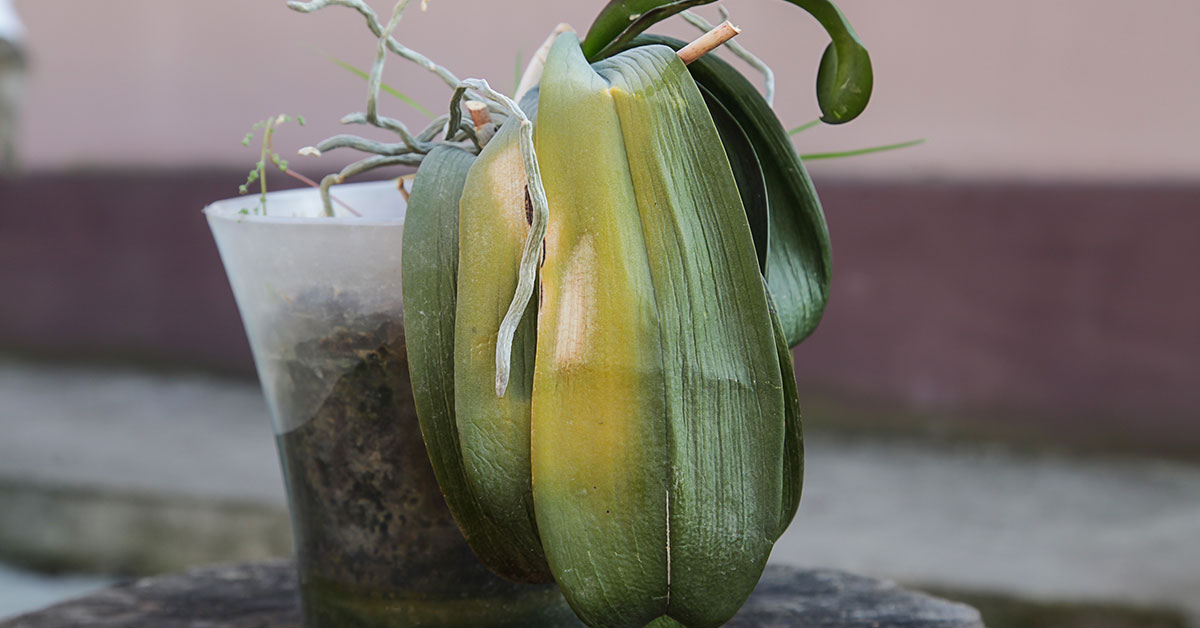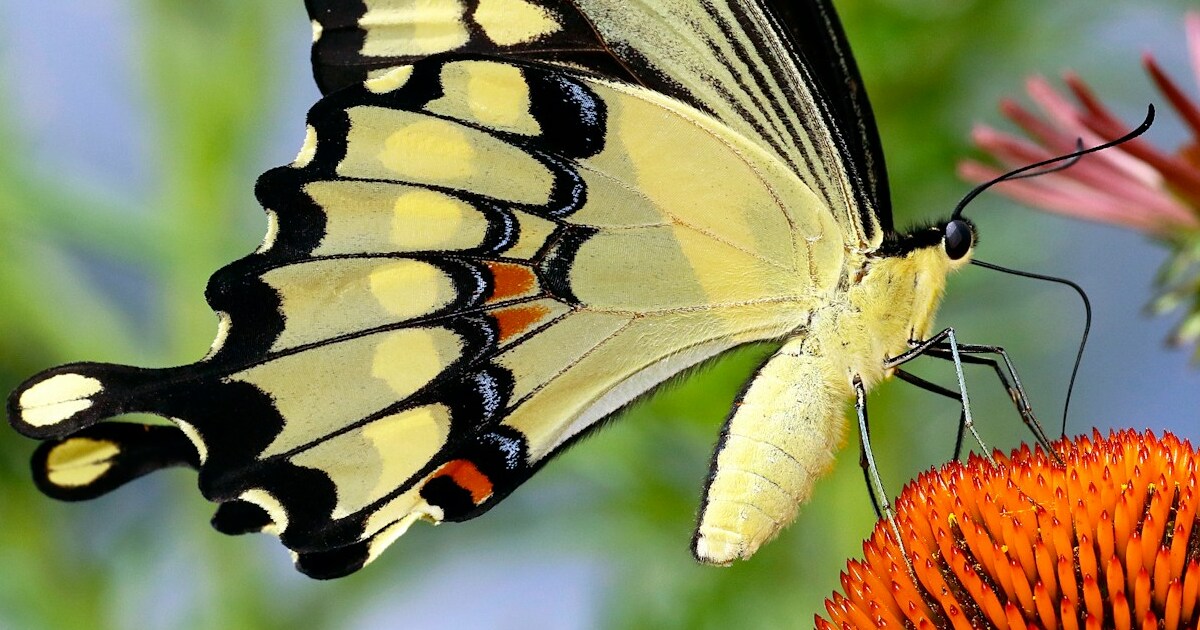Praying mantises are fascinating insects known for their predatory prowess and unique appearance. It might seem like a good idea to introduce them to your garden to control pests naturally. However, there are several reasons why buying praying mantis eggs for your garden might not be the best decision. Before you make this purchase, it’s essential to understand the potential downsides.
In this article, I’ll explain why you should reconsider buying praying mantis eggs for your garden. These reasons will help you make an informed decision and ensure that your gardening practices are both effective and environmentally responsible. Let’s dive into the details!
Potential Imbalance in the Ecosystem

Introducing praying mantises to your garden can disrupt the natural balance of your local ecosystem. Praying mantises are not selective predators; they will eat beneficial insects, such as bees, butterflies, and ladybugs, as well as pests. This predation can lead to a reduction in the population of these helpful insects, which play crucial roles in pollination and pest control.
I love seeing a variety of beneficial insects in my garden, as they contribute to a healthy and thriving ecosystem. By introducing praying mantises, you might inadvertently reduce the numbers of these helpful creatures. It’s important to maintain a balance to ensure your garden remains a haven for all beneficial wildlife.
Risk of Introducing Non-Native Species
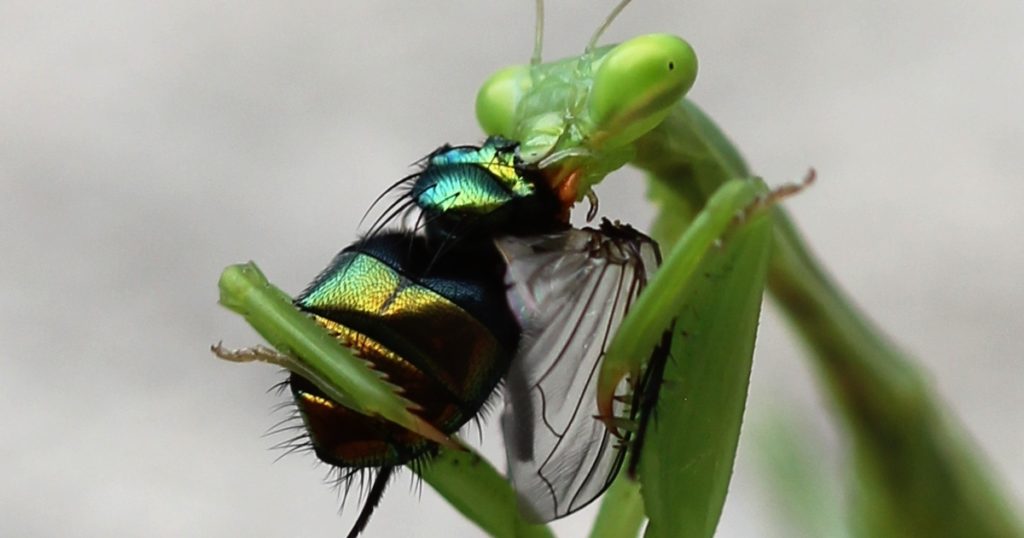
When you purchase praying mantis eggs, there is a risk of introducing non-native species to your garden. Non-native mantises can outcompete and displace native species, leading to ecological imbalance. This can have long-term negative effects on local biodiversity and the overall health of your garden ecosystem.
I enjoy cultivating a garden that supports native species and promotes biodiversity. Introducing non-native mantises can disrupt this balance and potentially harm the local environment. It’s always best to research and prioritize native species to ensure your garden contributes positively to the surrounding ecosystem.
Ineffectiveness in Pest Control
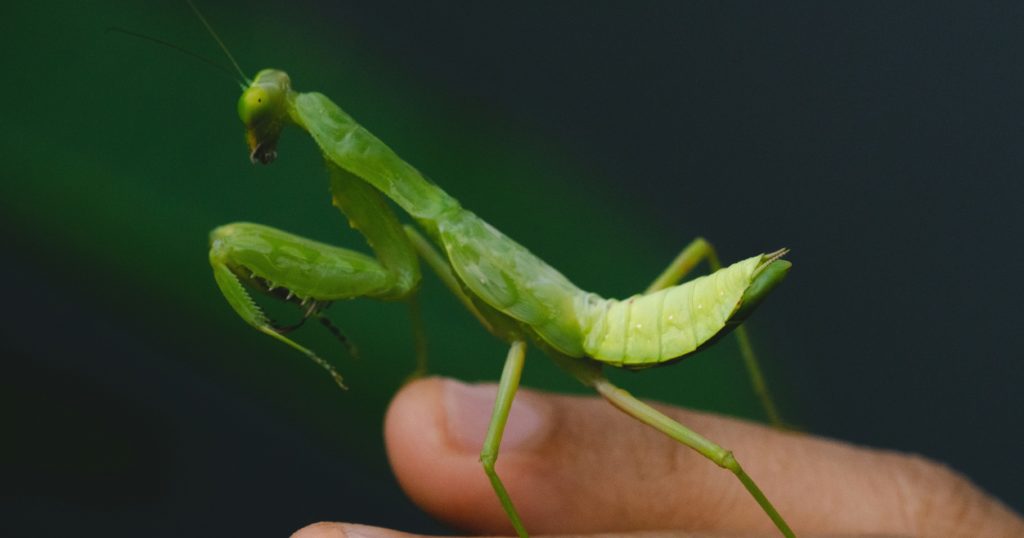
While praying mantises are effective predators, they may not be the most efficient option for controlling garden pests. They are opportunistic feeders and may not target the specific pests causing problems in your garden. Additionally, mantises are solitary hunters, meaning they won’t significantly reduce pest populations on their own.
I’ve found that relying solely on praying mantises for pest control can be hit-or-miss. Instead, consider using a combination of natural pest control methods, such as introducing beneficial insects like ladybugs and lacewings, planting pest-repellent herbs, and practicing good garden hygiene. These strategies are often more reliable and sustainable.
Cannibalistic Tendencies
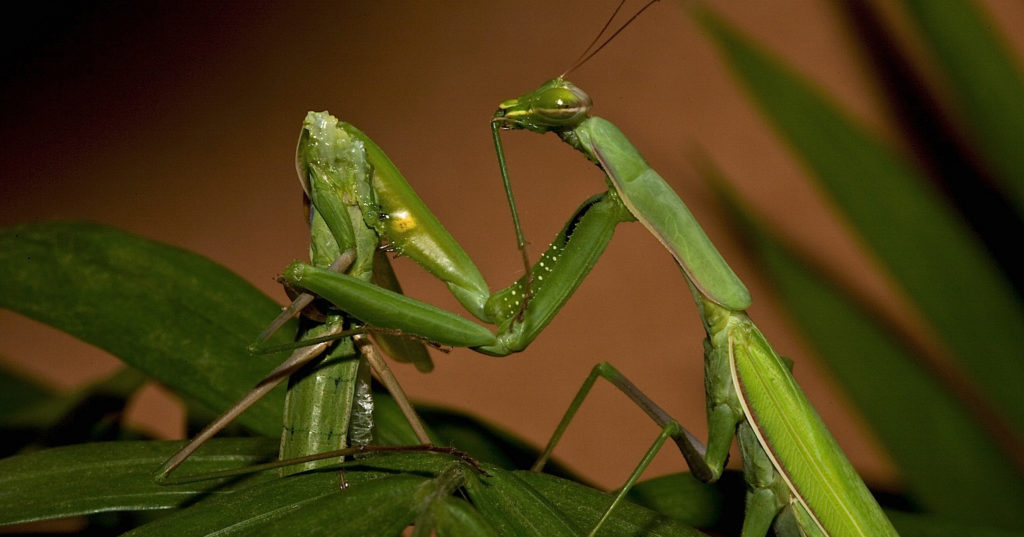
Praying mantises are known for their cannibalistic behavior, especially when food is scarce. Newly hatched mantises may prey on each other if they don’t find enough food in your garden. This can result in a reduced mantis population and negate the benefits you were hoping to achieve by introducing them.
I was surprised to learn about the cannibalistic nature of praying mantises and how it can impact their effectiveness in the garden. Ensuring a sufficient food supply and managing their population can be challenging. It’s essential to weigh these factors before deciding to introduce mantises to your garden.
Short Lifespan and Seasonal Activity
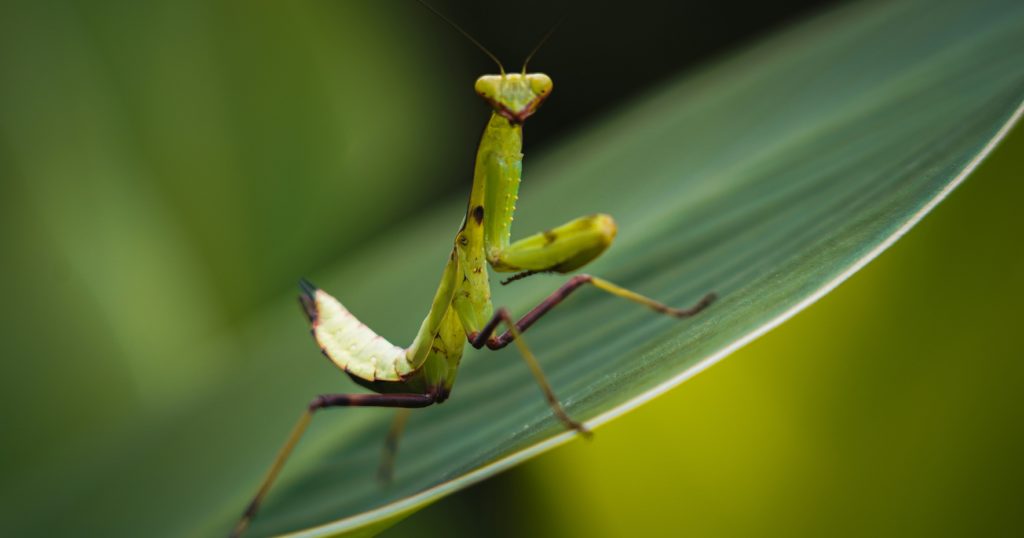
Praying mantises have a relatively short lifespan and are typically only active during certain times of the year. This means they may not provide continuous pest control throughout the gardening season. Their eggs hatch in the spring, and the adults die off in the fall, leaving your garden unprotected during the winter months.
I love having year-round solutions for garden pest control, which is why relying on mantises alone might not be sufficient. Consider integrating other pest management strategies that provide continuous protection, such as crop rotation, companion planting, and using physical barriers like row covers.
Limited Range of Prey
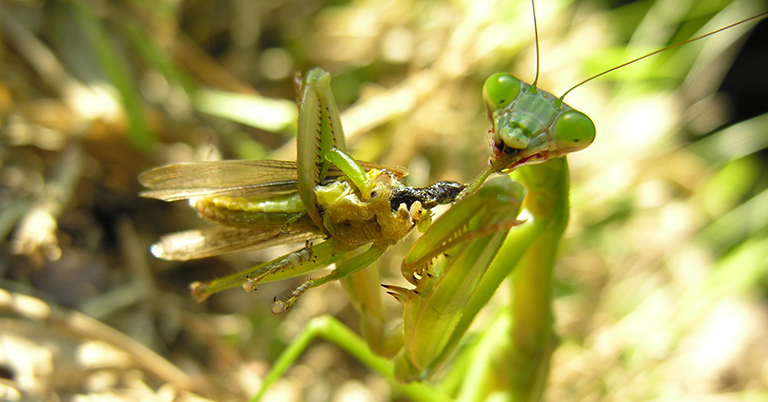
Praying mantises are generalist predators, meaning they will eat a wide range of insects. However, they might not target the specific pests that are causing issues in your garden. If your primary pest problem is aphids, for example, mantises might not be the best solution, as they tend to go after larger prey.
I’ve found that targeting specific pests with specialized predators, like ladybugs for aphids, is often more effective. Understanding the specific pest problems in your garden and choosing the appropriate natural predators can lead to better pest control outcomes and a healthier garden overall.
Possible Harm to Other Wildlife
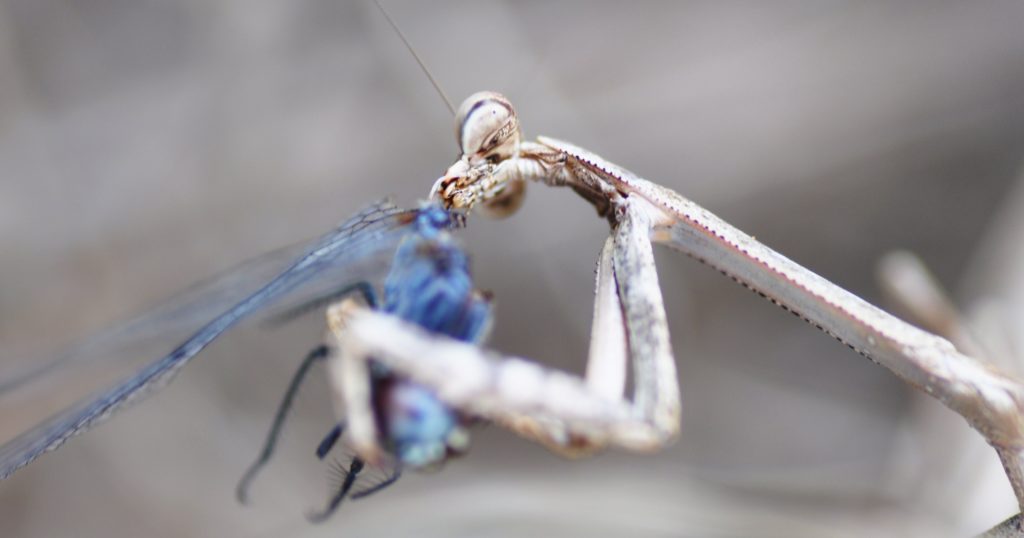
Introducing praying mantises can potentially harm other wildlife in your garden. Mantises will prey on anything they can catch, including beneficial insects, small amphibians, and even birds. This indiscriminate predation can negatively impact the broader garden ecosystem and reduce biodiversity.
I appreciate the diversity of wildlife in my garden, from insects to birds. Maintaining this balance is crucial for a thriving garden. By introducing mantises, you might inadvertently reduce the presence of other beneficial and enjoyable wildlife. It’s essential to consider the broader impact on your garden’s ecosystem.
Ethical Considerations
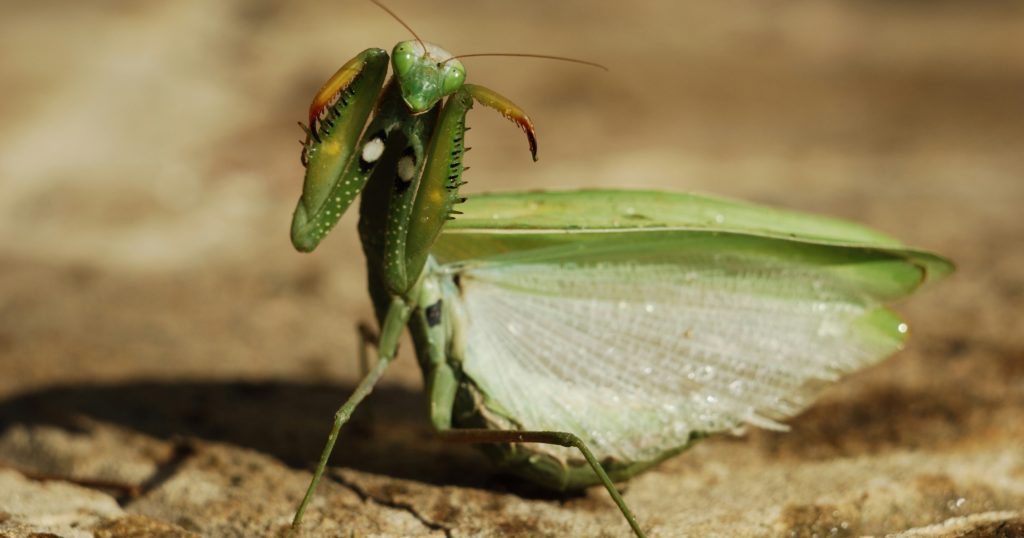
There are ethical considerations to think about when introducing predators like praying mantises to your garden. The process of breeding and selling mantis eggs can sometimes involve practices that are not environmentally sustainable or humane. Supporting local wildlife through natural gardening practices might be a more ethical approach.
I prefer gardening methods that align with my values of sustainability and wildlife conservation. By fostering a garden environment that naturally attracts and supports beneficial insects, I can enjoy a healthy garden without potentially contributing to unethical practices in the insect trade.
Potential for Overpopulation
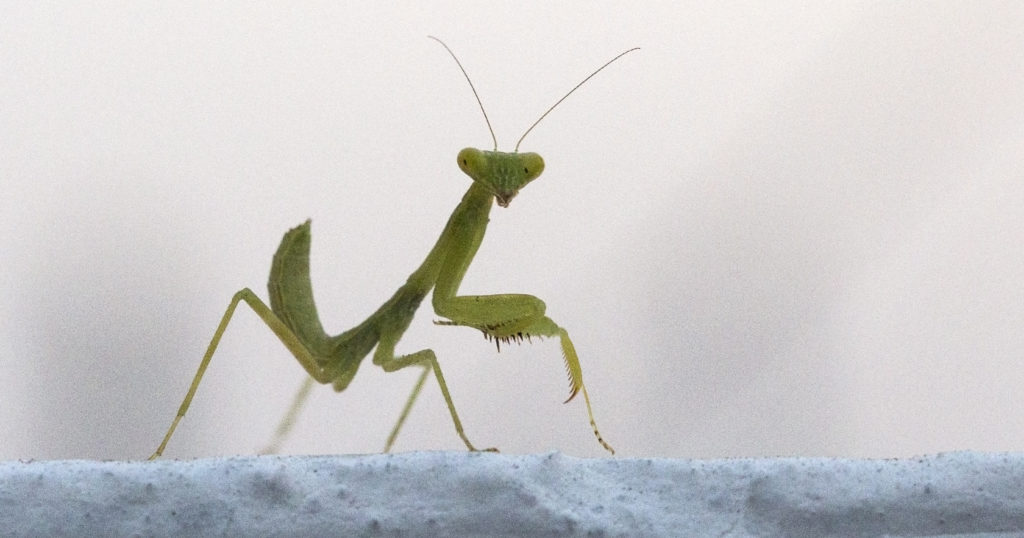
If praying mantises do find ample food and ideal conditions in your garden, there’s a risk of overpopulation. An excess number of mantises can lead to a decline in other beneficial insect populations and further disrupt the balance of your garden ecosystem. Managing their population can become a challenging task.
I’ve learned that maintaining a balanced ecosystem is crucial for a thriving garden. Introducing too many predators, even beneficial ones, can create new problems. It’s important to consider how to keep the predator-prey balance in check to ensure long-term garden health.
Alternatives for Pest Control

There are many alternative pest control methods that can be more effective and sustainable than introducing praying mantises. These include attracting native beneficial insects, using organic pesticides, and implementing integrated pest management (IPM) practices. These methods often provide more reliable pest control without the potential downsides of introducing non-native predators.
I love exploring different pest control strategies that align with my gardening philosophy. By using a combination of natural and organic methods, I can effectively manage pests while promoting a healthy and diverse garden ecosystem. It’s always worth considering multiple approaches to find the best solution for your garden.




